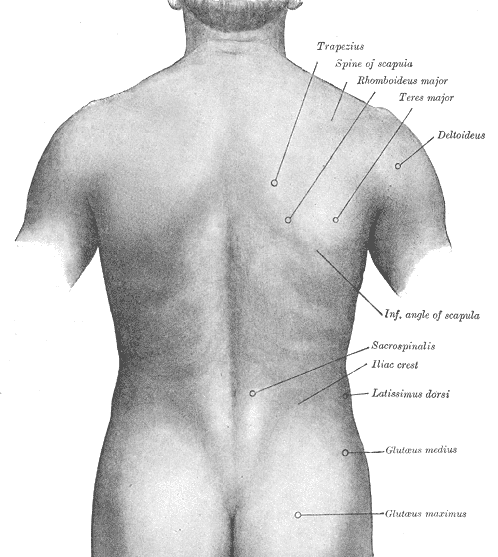Introduction
Gross Anatomy
Gross anatomy (gross; large) deals with the structures of the body that are visible to the naked eye. Structures such as muscles, bones, digestive organs or skin can be examined, historically, by means of cadaveric (kad-a-VER-ic; a dead body) dissections (di-SEK-shun; to cut apart). In truth, the term anatomy comes from the Greek words for “I dissect”. While cadaveric dissections provide an unparalleled understanding of the human body, it is but one way to explore the human form.
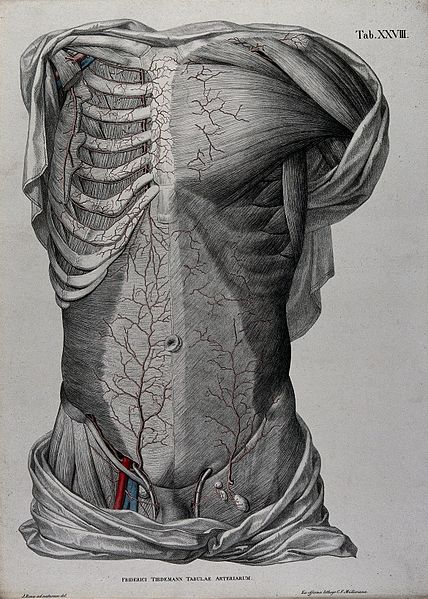
Studying anatomy can be done in a number of ways. Two of the most popular methods are systemic anatomy and regional anatomy. In systemic anatomy, the body is divided into eleven different body systems, for example, the circulatory system. Each system contains numerous organs that are work together to accomplish a specific task for the organism. In the case of the circulatory system, the heart, blood vessels, blood, lymphatic vessels and lymph, function together to deliver materials (oxygen, nutrients, waste) throughout the body. An important aspect to keep in mind, is that while each system has a specific function, all of the systems are interconnected to perform the functions of life. An example of this is that the circulatory system exchanges gasses with the atmosphere, via the respiratory system, but has much of its function dictated by the nervous system.
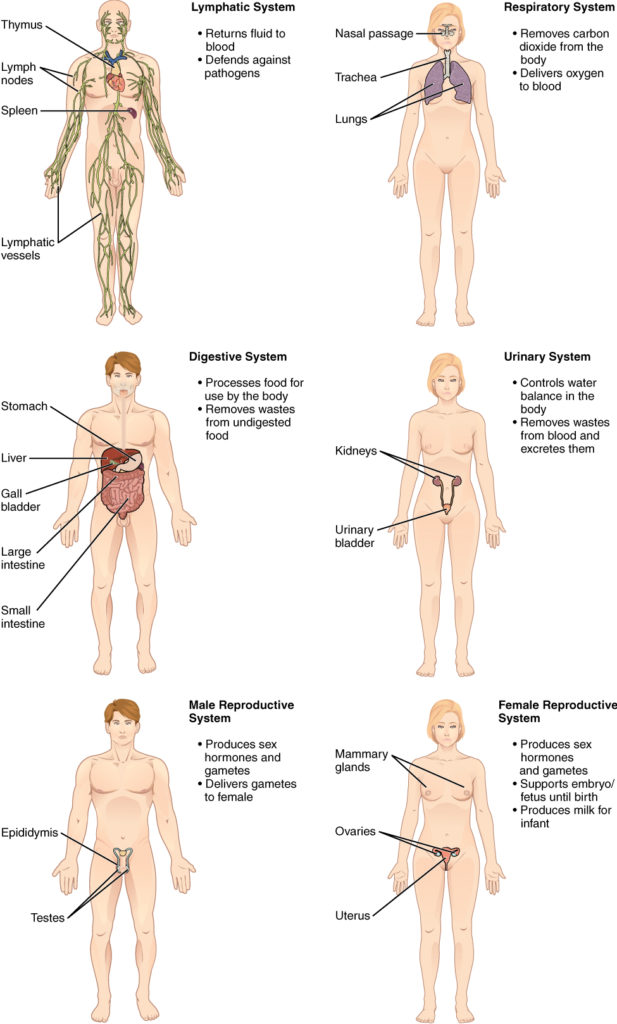
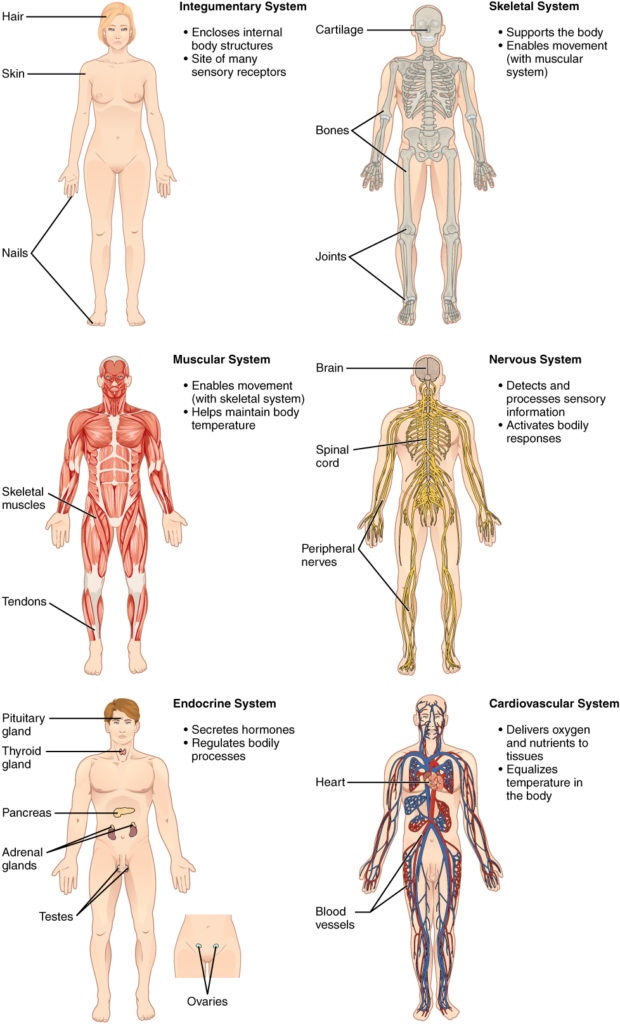
Regional anatomy does not differentiate the different body systems, but rather divides the body into regions (abdomen, thorax, upper limb etc.), while examining all of the systems contained within a given region. Regional anatomy can provide context and show the relationships between the various systems, something that can be lost or overlooked in a systemic approach. In a regional approach, however, not all systems will be found in a given region. This textbook will take a regional approach to anatomy
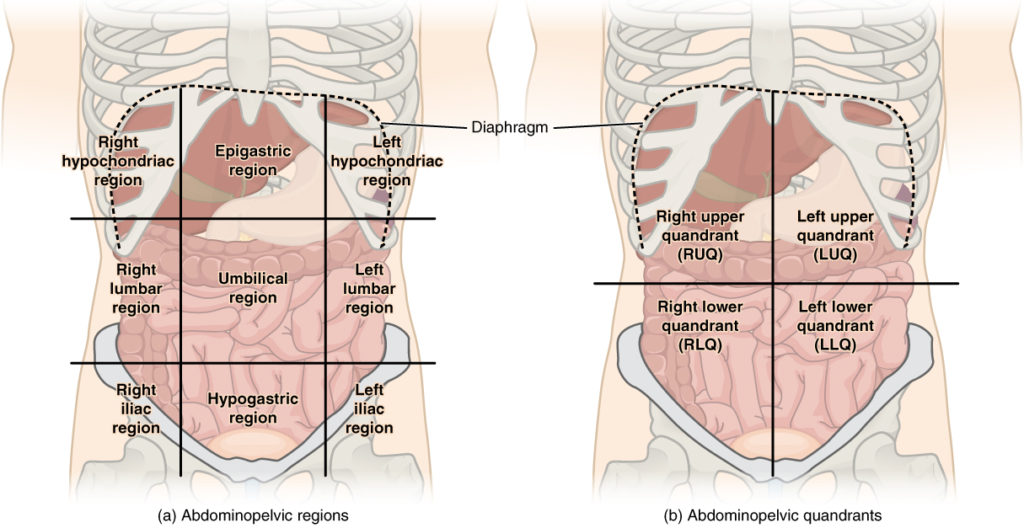
Regardless of the approach, surface anatomy is a subdivision of gross anatomy that deals with identifying structures on the surface of the body (i.e. under the skin). Locating these “landmarks” can allow an anatomist to distinguish numerous bones (and bony landmarks), muscles and tendons, ligaments, blood vessels or even nerves. Knowing these types of relationships can be beneficial for clinicians needing to find a blood vessel to place a catheter, take a pulse, or draw blood, but also for an athletic therapist to treat a musculoskeletal trauma on the field of play.
